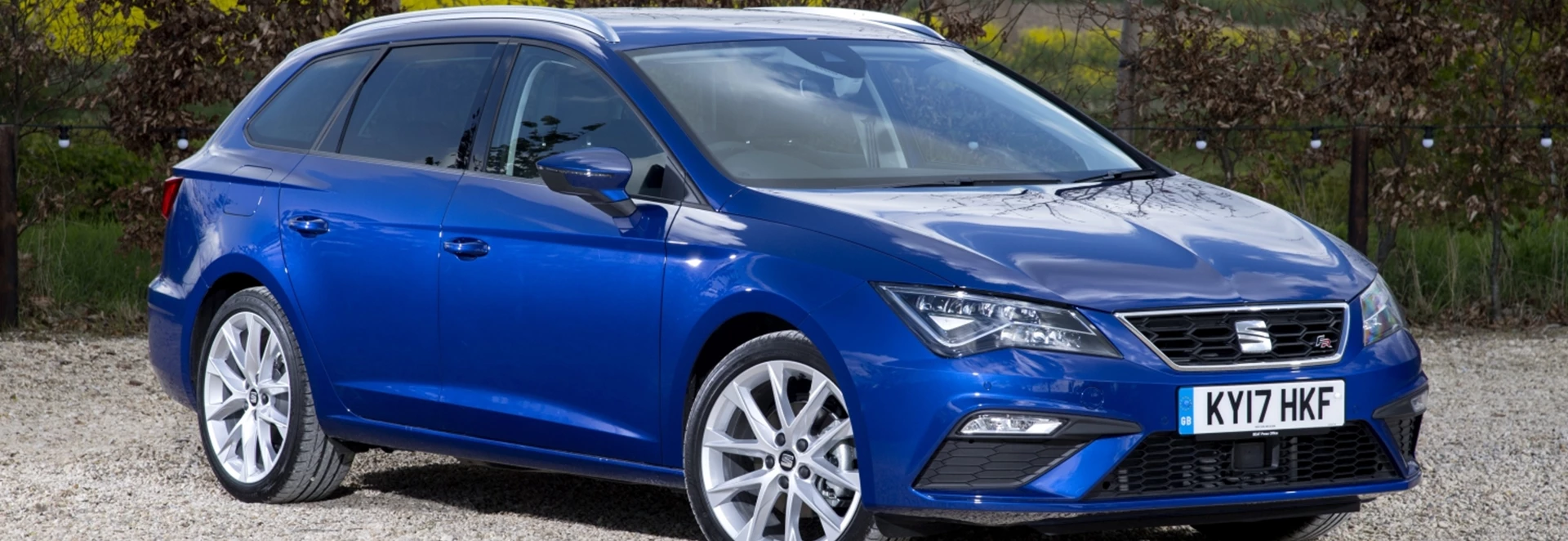In the family hatchback class – there’s plenty of choice for buyers, with firms such as Ford, Hyundai and Skoda each having popular models in this sector.
Seat is surprisingly one of the newest manufacturers to launch a vehicle in this sector with its stylish and practical Leon Estate. Buyers had to wait until 2014 and three generations of the Leon before getting a more practical variant, but with the Leon’s stylish design, the model soon became a hit.
We’ll also clear up some confusion with the car. If you’ve been looking at older models for sale, you might notice it being called the Leon ST – these two letters standing for ‘Sports Tourer’. But in July 2019, Seat updated the naming – calling it the more simplistic Leon Estate.
Here’s what you need to know about this practical car…
What engines are available?
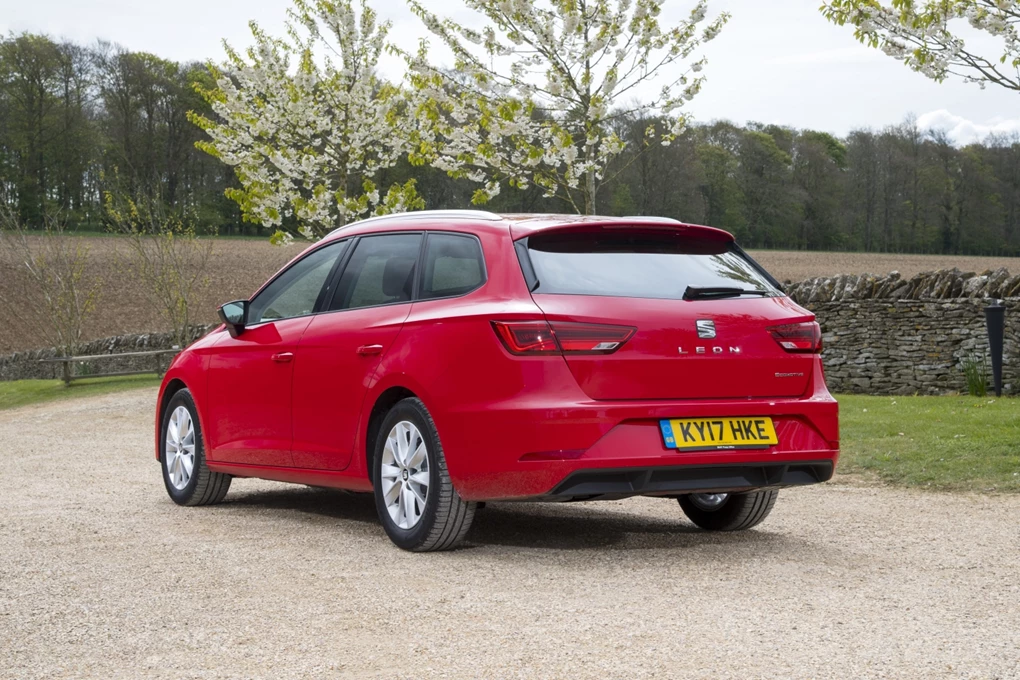
The Leon Estate range starts with a 113bhp 1.0-litre petrol engine, followed by a 1.5-litre TSI petrol engine available with outputs of 128bhp or 148bhp. Each of the petrol engines comes as standard with a six-speed manual transmission, but the 148bhp version can be had with a seven-speed DSG automatic transmission.
Moving over to the diesel the range kicks off with an ultra-efficient 113bhp 1.6-litre engine, which is paired to a five-speed manual transmission. This is the cleanest in the range – returning up to a claimed 57.6mpg, with CO2 emissions of 113g/km.
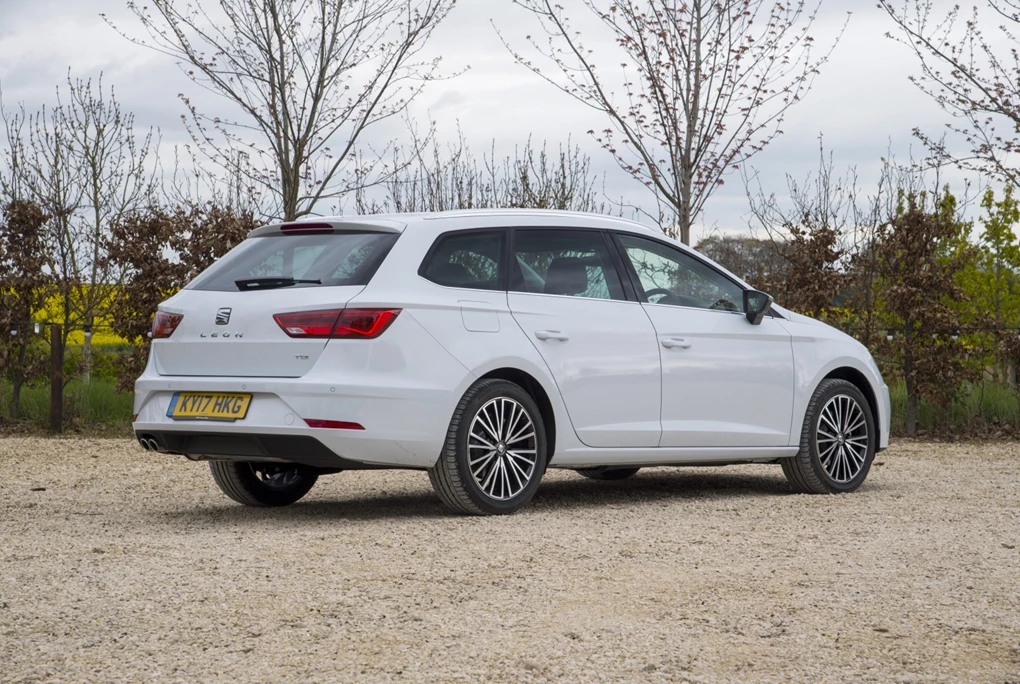
The other option is the popular 148bhp 2.0-litre diesel engine, which delivers a fantastic mix of performance and efficiency. This comes as standard with a six-speed manual transmission, but a DSG automatic gearbox is also available.
We won’t glance over the range-topping Cupra 300 model either, which shares its powertrain with the Volkswagen Golf R and Audi S3. This is the most powerful engine in the range by some distance, with its 2.0-litre turbocharged unit developing 296bhp. It comes as standard with a seven-speed DSG automatic transmission, while it also gains all-wheel-drive. The Cupra can also sprint from 0-60mph in a dazzling 4.7 seconds and can reach a claimed top speed of 155mph.
What trim levels are offered?
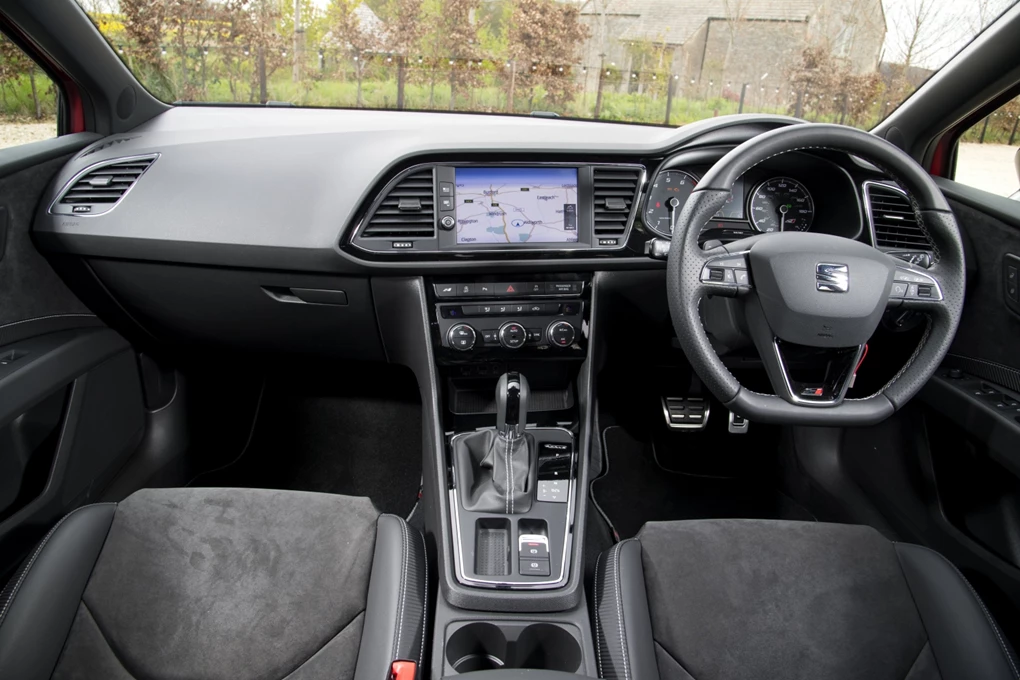
The Leon Estate is offered with eight trim levels, with the equipment highlights as follows:
SE – from £19,585
This comes with 16-inch alloy wheels, LED daytime running lights, electric door mirrors, an eight-inch touchscreen with smartphone mirroring, cruise control and air-conditioning.
SE Dynamic – from £20,350
This adds 17-inch alloy wheels, tinted rear windows, front and rear parking sensors and satellite navigation.
FR – from £22,870
This sporty number brings revised 17-inch alloys, LED headlights, ambient interior lighting, sports seats, automatic lights and wipers and dual-zone climate control.
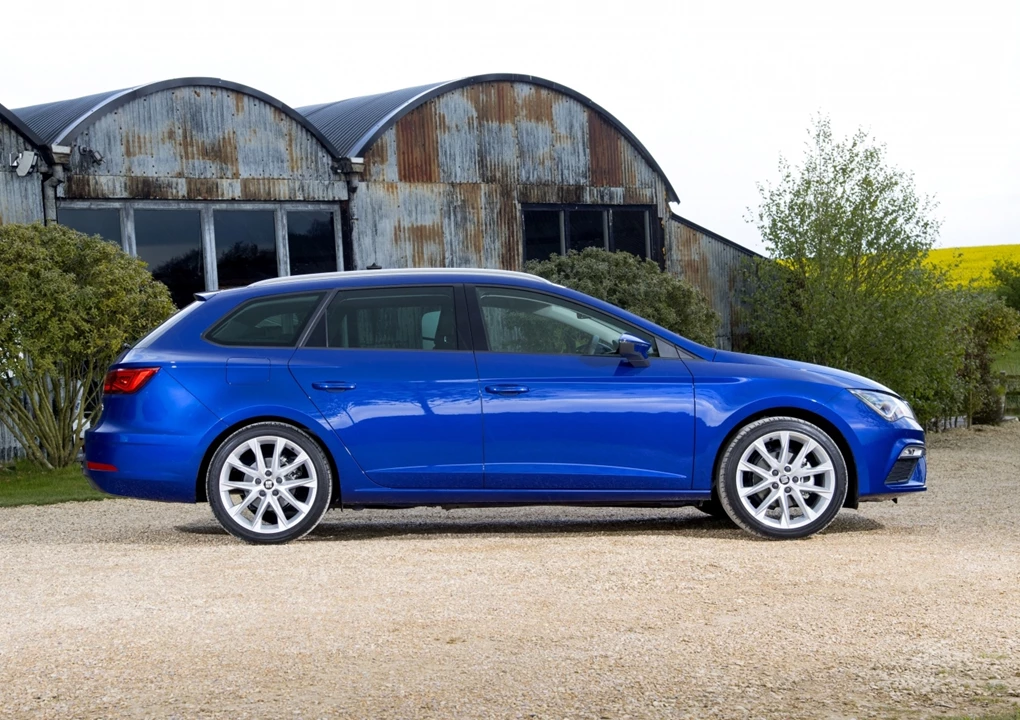
Xcellence – from £25,560
Building on the SE Dynamic, the Xcellence adds LED headlights, leather seats, keyless start and entry, a rear-view camera, LED interior lighting and adaptive cruise control.
Xcellence Lux – from £26,385
This luxurious trim level adds revised 17-inch alloy wheels, a digital cockpit and improved safety kit, which incorporates lane-keep assist, high beam assist, traffic sign recognition and a tiredness recognition system.
Cupra – from £33,395
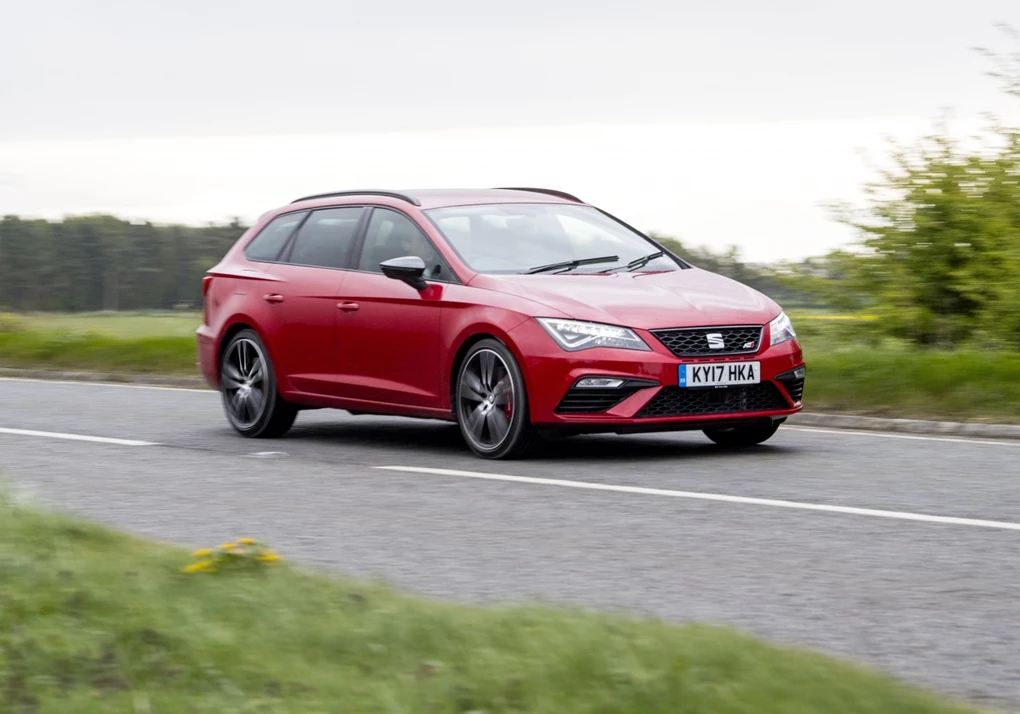
In addition to the FR, this brings 19-inch alloy wheels, black brake callipers, further gloss black styling, a digital cockpit and the option to switch between various drive modes
Cupra Lux – from £34,760
This flagship model comes with heated micro suede seats – the fronts being bucket seats – as well as adaptive cruise control, keyless start and entry, a wireless phone recognition and a tiredness recognition alert system.
What about personalisation?
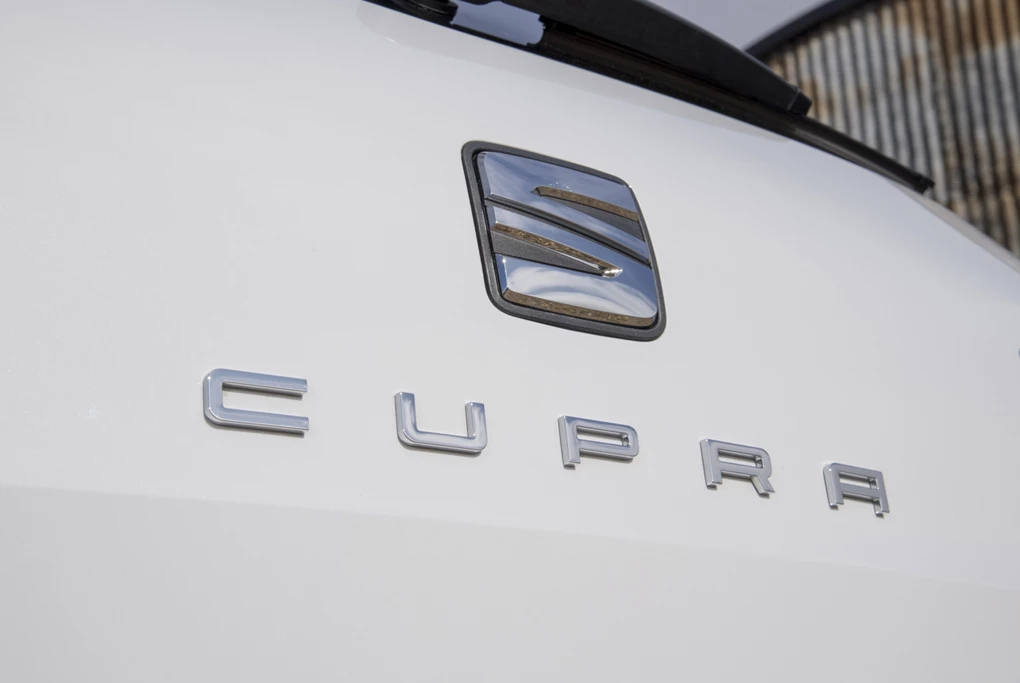
Seat adopts a rather different approach to customer choice than most manufacturers. Instead of giving customers the basic trim levels with a whole host of optional extras, it offers a varied mix of grades, which come with fixed standard equipment.
This leaves very little option to add additional features on top of the car, which is already very well-equipped.

Some of the few bits of kit that can be specified include the driver assistance pack (£505), which adds high-beam assist, lane-keep assist, and traffic sign recognition, alongside the Safety pack (£130), which comes with a tiredness recognition system and a rear seat belt reminder. Both of these features are fitted to the plush Xcellence Lux models, but are optional extras on other grades.
You can also choose to have an electric sunroof £800) as well as a space saver spare wheel (£115).
All the colours are also free, with a mix of darker hues available alongside bolder offerings – Emocion Red and Mystery Blue being our favourite choices.
